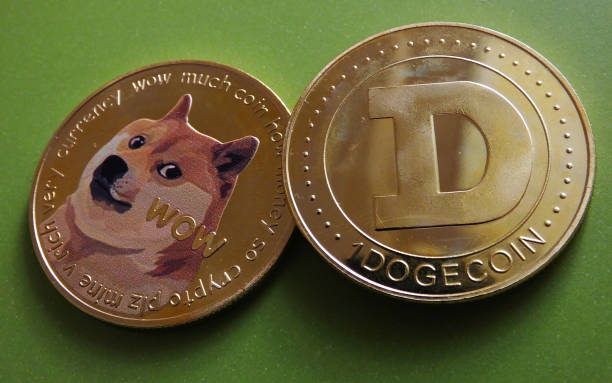After a lackluster 2019, with Bitcoin (BTC) taking the spotlight and altcoins continuing to tank, the market for crypto funds seems to be dying down. The new year seems to start with the capitulation of fund-based investments, as investors start to shed their crypto-based positions.
Fund Managers Pressured for Performance Indicators
In the early days of crypto, the almost unlimited upside and fast gains put a small army of new funds on the market. High volatility and windfalls from almost any coin turned into big promises. But now, fund investors feel pressured to quit their crypto positions.
Spoke with multiple liquid crypto fund managers this week. They all have investors leaving their funds and leaving crypto altogether.
Feels like true capitulation is finally happening.
— Avichal Garg (Electric Capital)
(@avichal) January 4, 2020
Fund managers are a different breed from sporadic crypto investors and enthusiasts. Unlike “hodlers” waiting for a windfall and boasting of their low time preference, they face quarterly and annual evaluations.
Thus, the lackluster performance and deep corrections soon start to look bad on the portfolios of crypto funds. This is one of the reasons digital asset funds may not be well-suited to ride out protracted bear markets or deep losses. This behavior is no exception, as funds have also dropped stocks that went on to outperform.
Crypto Trading Remains Robust as Retail Traders Won’t Capitulate
Curiously, this form of capitulation happens as crypto trading remains as active as ever. BTC still offers intensive trading, with the inclusion of futures and options, while spot trading is also marking significant volumes.
But the worst event has been the 25-month-long bear market for altcoins, which hurt those that attempted to invest in those assets. Back in 2018, things looked much rosier.
$C20 @CRYPTOtwenty is a really interesting project. A crypto index fund token where the token price reflects the performance of the portfolio. They invest in the top 20 coins by Marketcap for you. Perfect coin to shill to friends and family. Low variance great returns. $BTC $ETH pic.twitter.com/4LetTaLYld
— Altcoin Alliance (@AltcoinAlliance) January 26, 2018
But since then, those old top assets went on to erase more than 90% of their value, showing the inherent risk of altcoins. Some of the overhyped projects that managed to attract fund investments turned out to be duds, as development froze and the business model did not work as expected.
Even BTC remains an alternative asset with a so far unknown performance profile in relation to traditional assets like stocks and gold.
In early 2020, one of the indicators for institutional interest shows a lowered appetite for BTC from both retail and large-scale investors. Grayscale Capital has seen its GBTC shares trade at a price that discounts BTC.
01/03/20 UPDATE: Net Assets Under Management, Holdings per Share, and Market Price per Share for our Investment Products.
Total AUM: $2.0 billion$BTC $BCH $ETH $ETC $ZEN $LTC $XLM $XRP $ZEC pic.twitter.com/7KByHHDT2W
— Grayscale (@GrayscaleInvest) January 3, 2020
At current BTC prices of [coin_price], Grayscale’s crypto component is equivalent to prices around $6,990. Subpar trading of GBTC has been linked to lower interest in the leading coin. GBTC has been sold at a premium during bullish attitude times, but sentiment changes quickly.
What do you think about funds capitulating from crypto investments? Share your thoughts in the comments section below!
Images via Shutterstock, Twitter: @avichal, @GrayscaleInvest, @AltcoinAlliance









